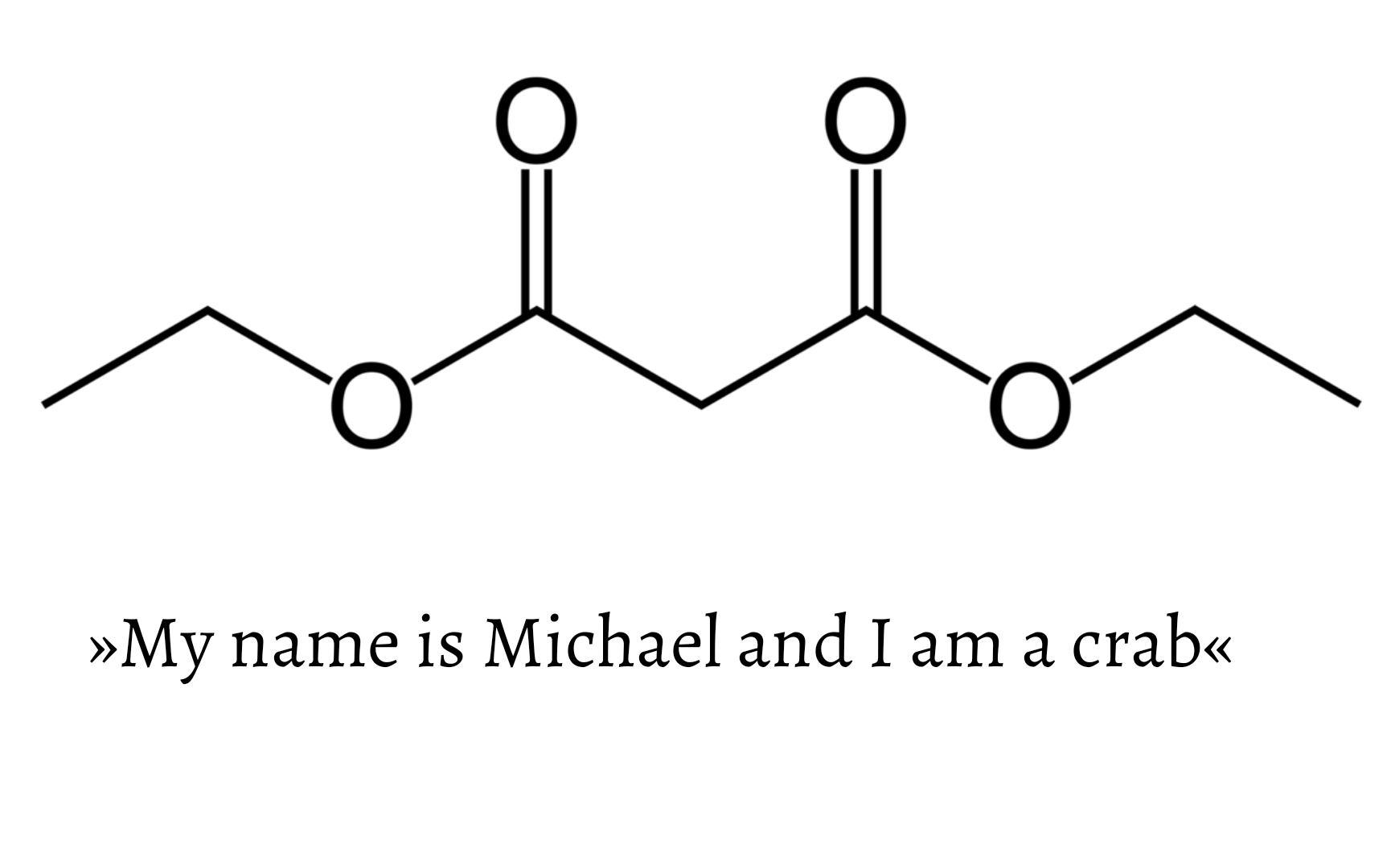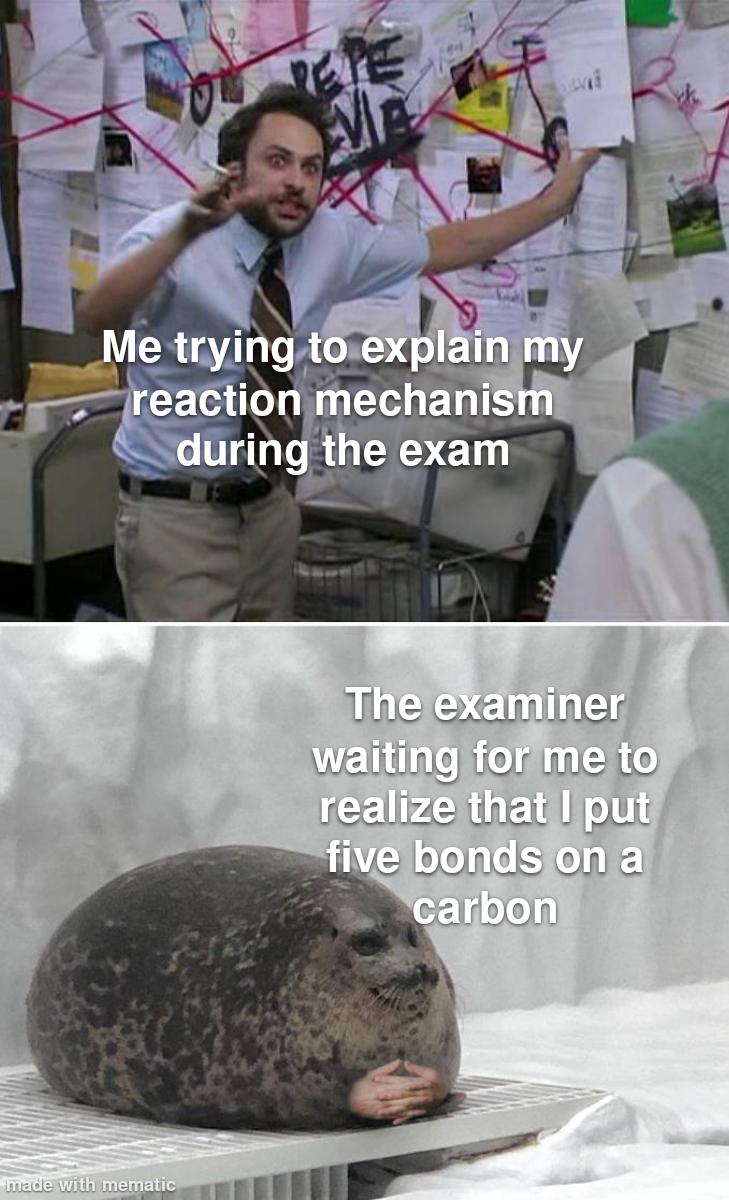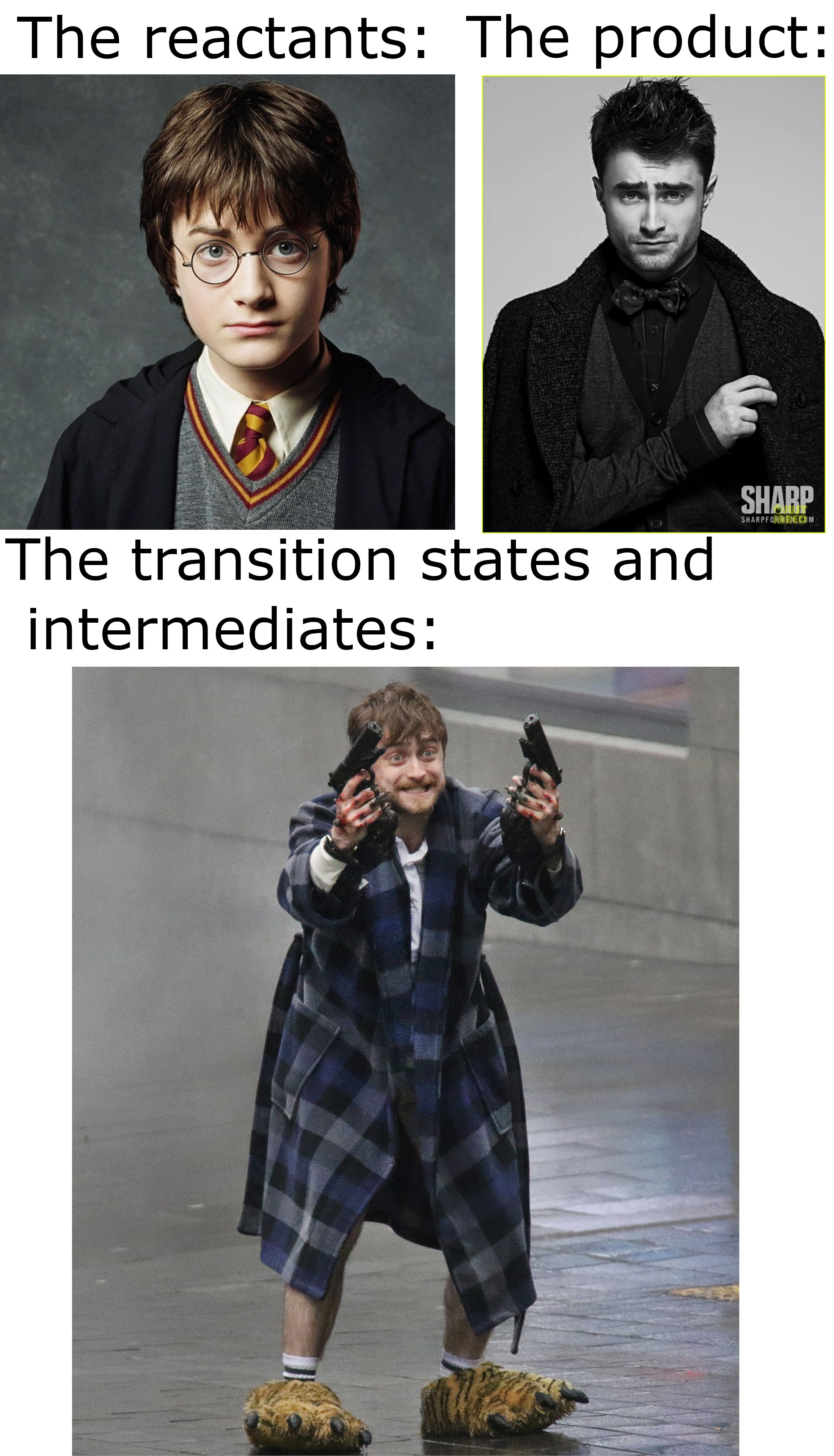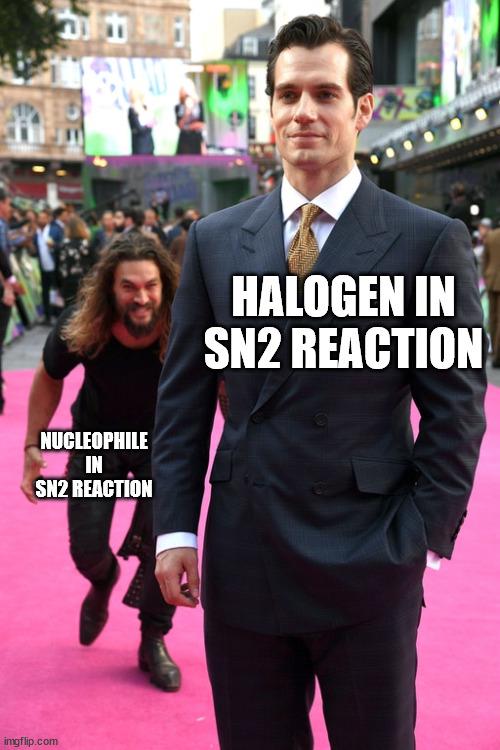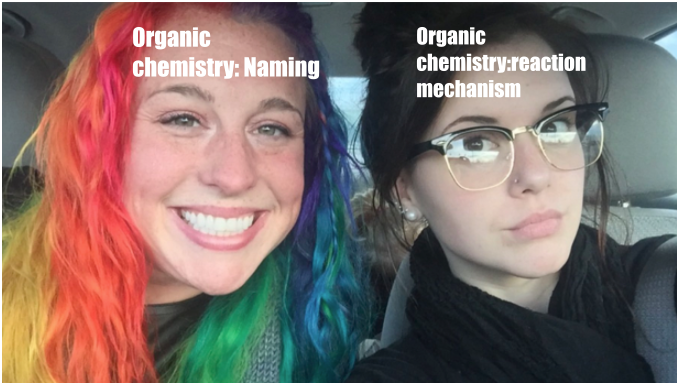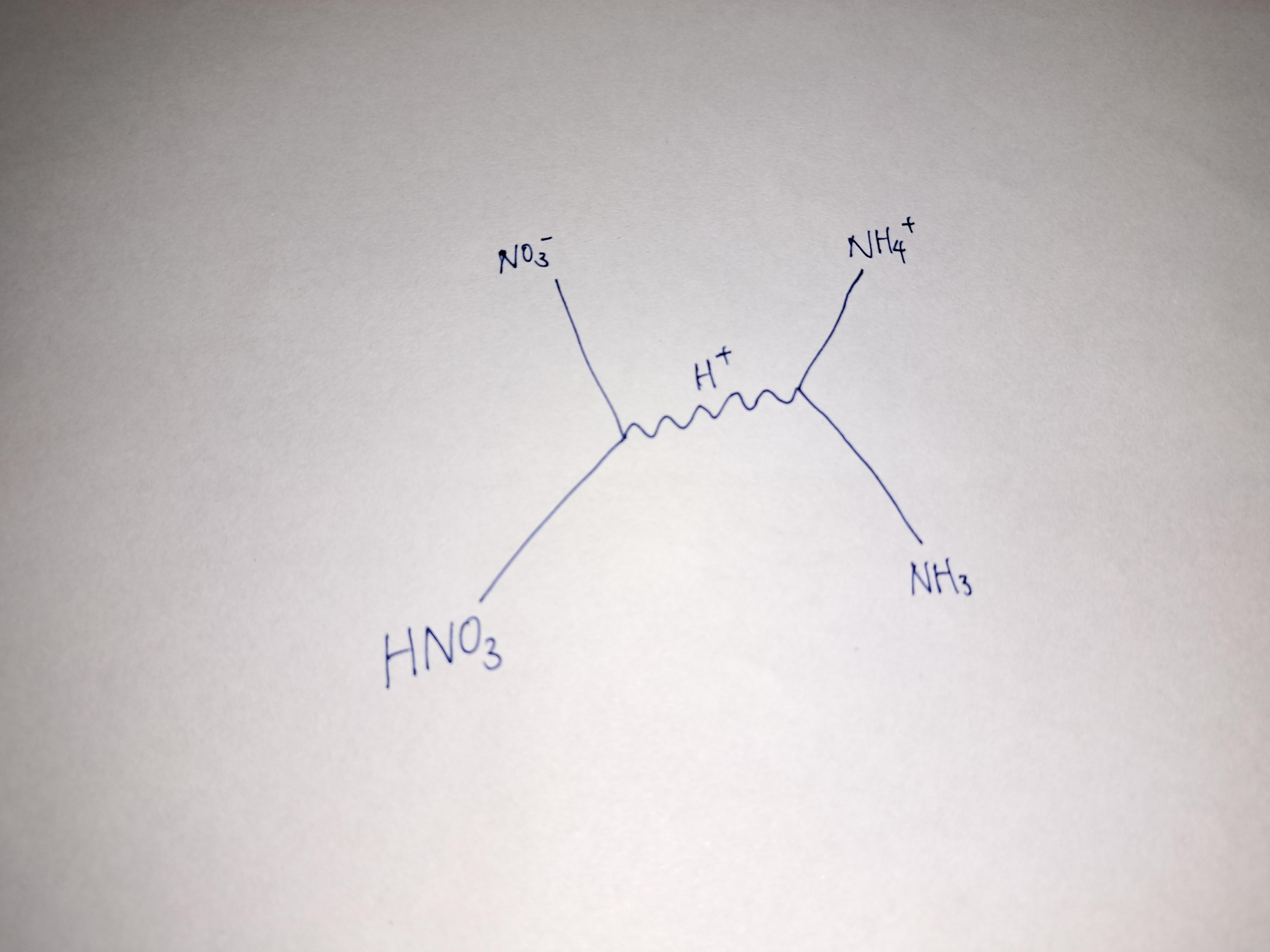The perfect visual representation of organic chemistry's split personality. On the left, the colorful, happy face of naming compounds – "Look at me, I'm 2,4-dimethylhexane!" So straightforward, just follow the rules and name the rainbow. Then there's reaction mechanisms on the right – the brooding, existential crisis of electron arrows, transition states, and stereochemistry that makes students question their life choices at 3 AM. "Where did that hydrogen go? Did I just create an impossible intermediate? Is my professor Satan?" The duality of organic chemistry – where you go from naming a compound with confidence to staring blankly at reaction mechanisms wondering if you should have become an art major instead.


 Academia
Academia
 Ai
Ai
 Astronomy
Astronomy
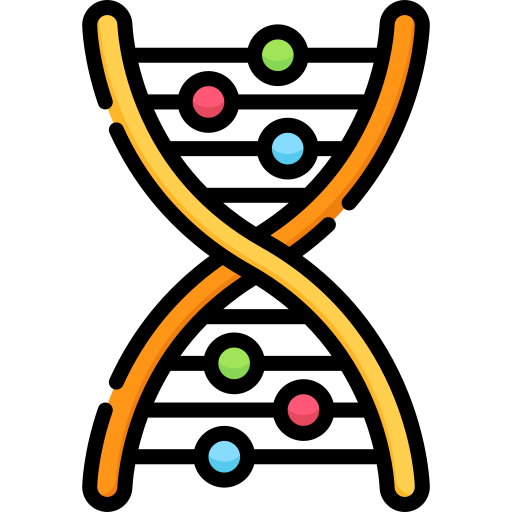 Biology
Biology
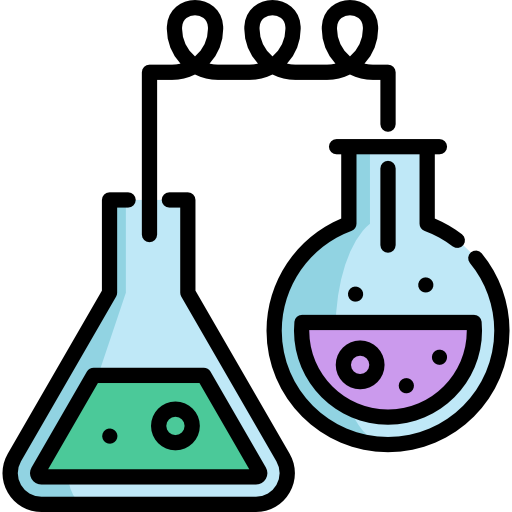 Chemistry
Chemistry
 Climate
Climate
 Conspiracy
Conspiracy
 Earth-science
Earth-science
 Engineering
Engineering
 Evolution
Evolution
 Geology
Geology

